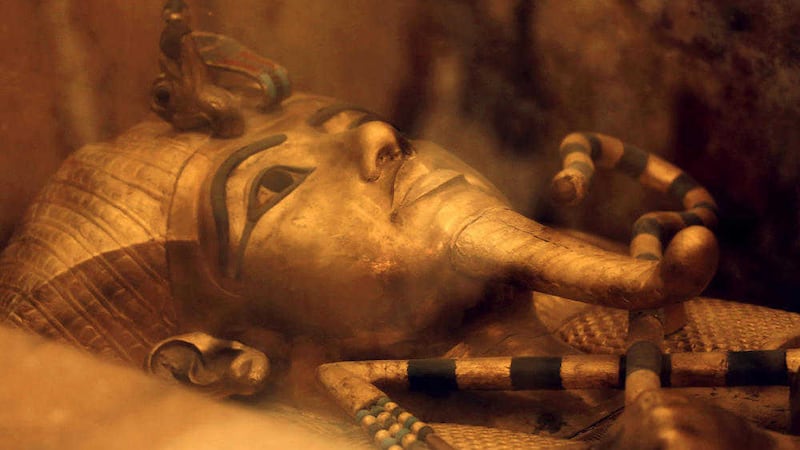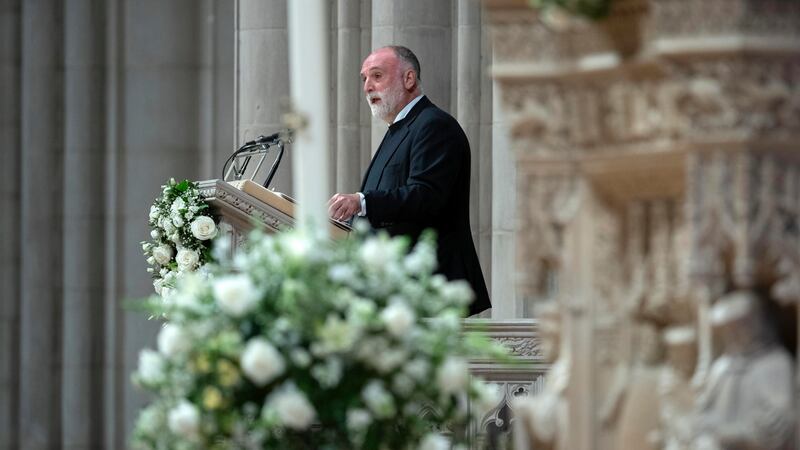ARCHAEOLOGISTS have completed extensive scans of two recently-discovered chambers behind King Tutankhamun's tomb in Egypt's Valley of the Kings as part of a quest which could uncover the remains of Queen Nefertiti.
Egypt's antiquities minister Khaled el-Anani said experts worked for 11 hours overnight to obtain 40 scans of five different levels of the area behind Tutankhamun's burial chamber.
He said more scans will follow at the end of April, and he invited archaeologists from all over the world to come to Cairo in early May to examine the team's findings.
The scans are part of a bid to find the remains of Queen Nefertiti and could answer the question of whether or not her mummy lies behind the false walls in the Luxor complex.
Egyptologist Nicholas Reeves said he still believes Tut's tomb is "simply the outer elements of a larger tomb" belonging to Nefertiti.
Last month's discovery that the hidden rooms behind the pharaoh's tomb could contain metal or organic material could shine new light on one of ancient Egypt's most turbulent times – and Mr Reeves has theorised that Nefertiti might be inside.
Others have speculated that the new chambers could contain the tomb of a member of Tutankhmun's family – not necessarily Nefertiti, who was one of the wives of Tutankhmun's father, the Pharoah Akhenaten, but is not believed to be Tut's mother.
Mr Reeves told reporters at the Valley of the Kings that the overnight scanning provided "the most detailed data" so far on the secret chambers.
He has speculated that Tutankhamun, who died aged 19, may have been rushed into an outer chamber of what was originally Nefertiti's tomb.
Nefertiti is one of the most famous symbols of ancient Egypt and classical beauty.
The discovery of the hidden chambers has ignited massive interest among the archaeological community and beyond. It could also renew excitement in Egypt's antiquities and help reinvigorate the country's flagging tourism industry.
Tourism has been hit hard in Egypt in recent years by political violence, an insurgency in the northern Sinai Peninsula, and persistent attacks since the military's 2013 overthrow of an elected but divisive Islamist president.
Tutankhamun's reign lasted from around 1332-1323 BC. The discovery of his complete, undisturbed tomb in 1922 by Briton Howard Carter remains one of the most sensational archaeological discoveries of all time.



